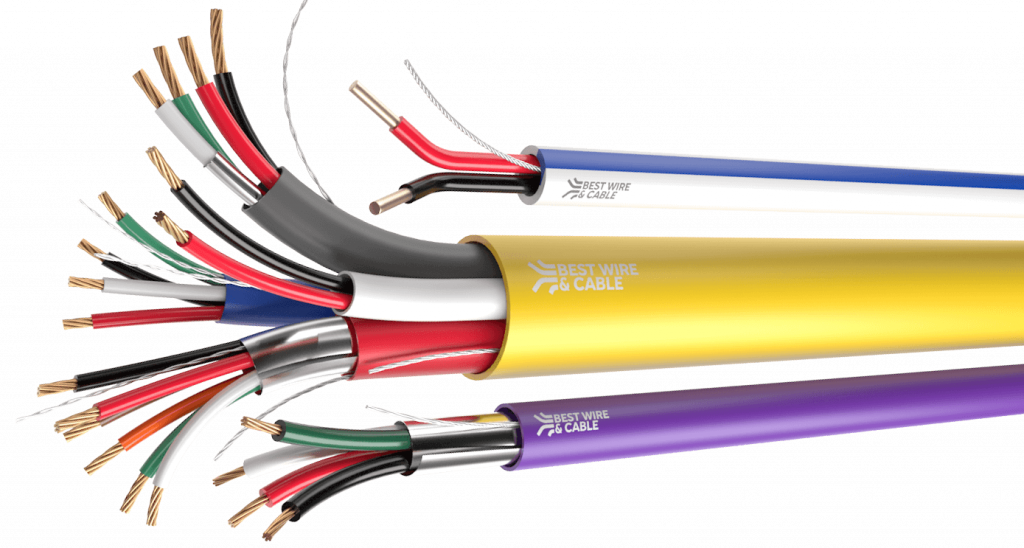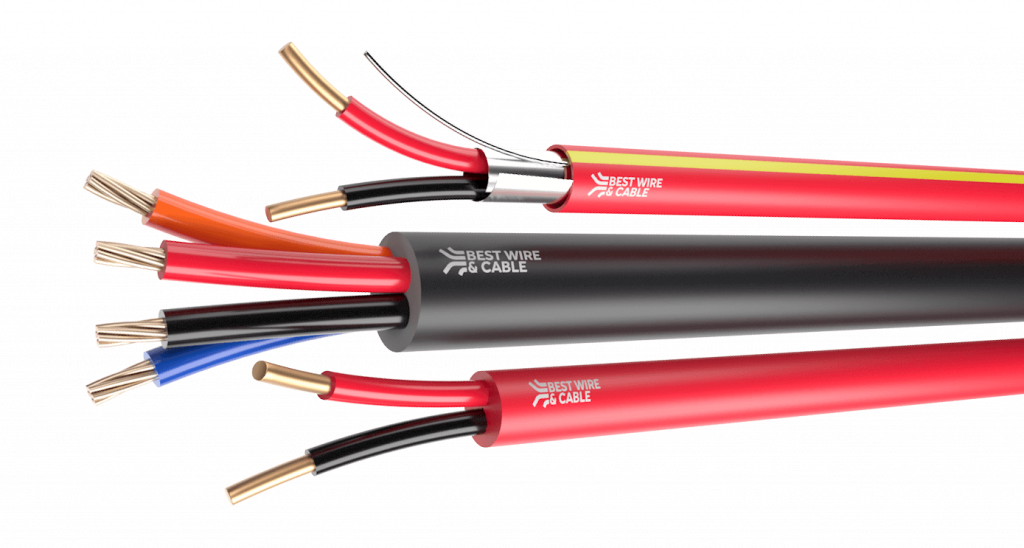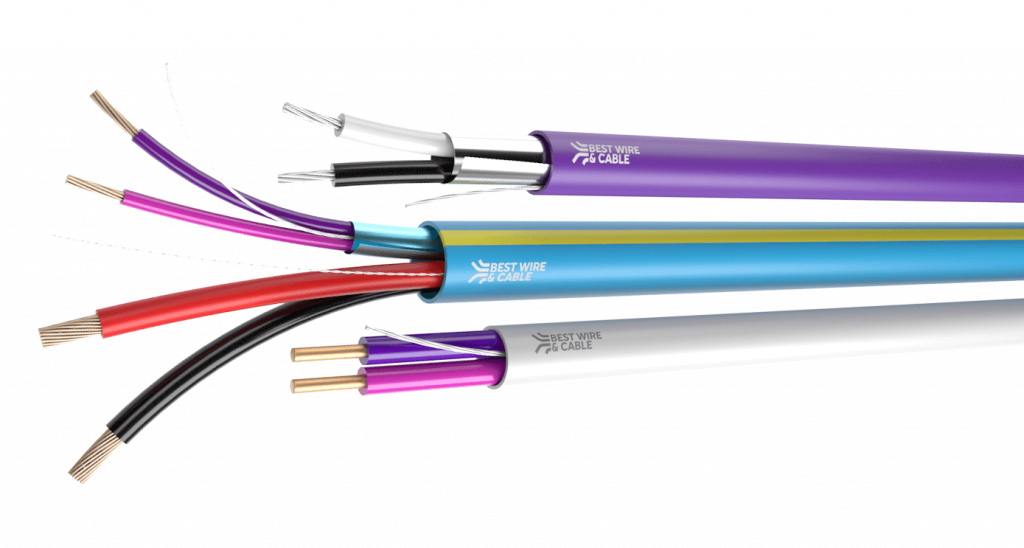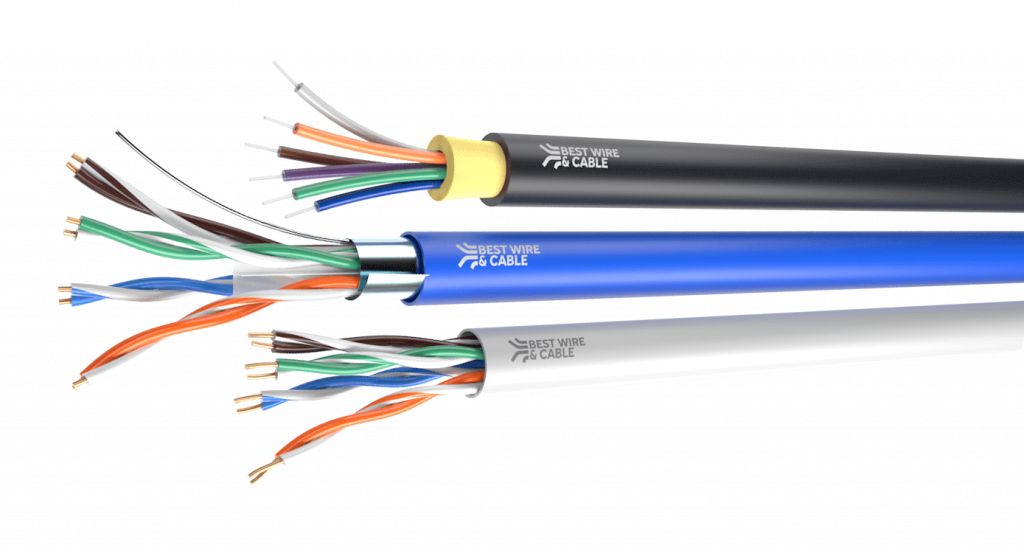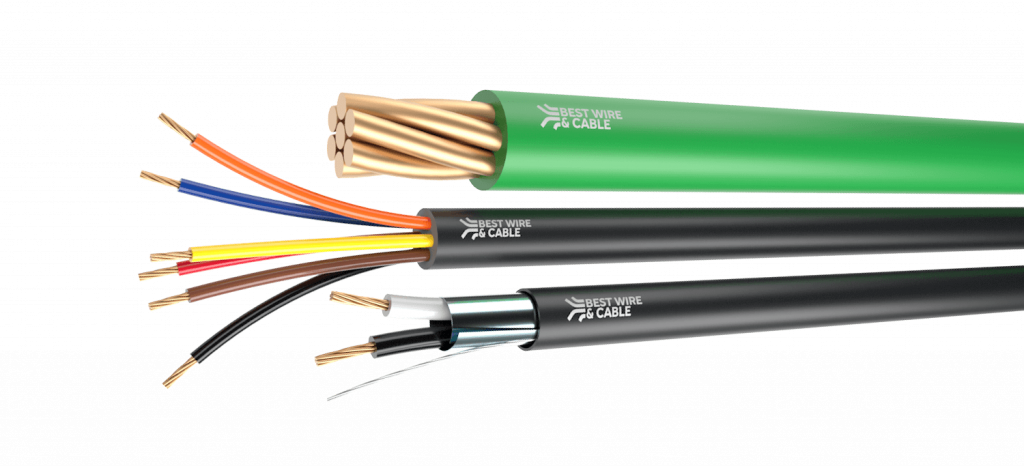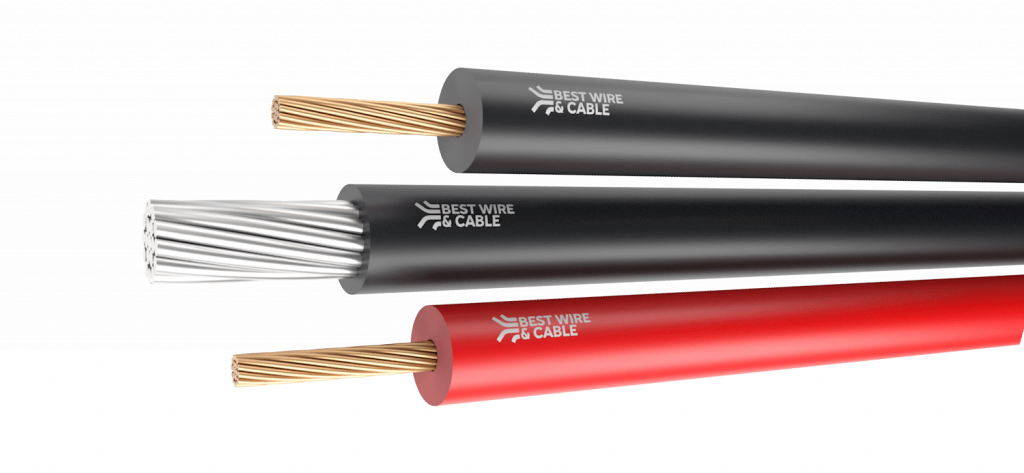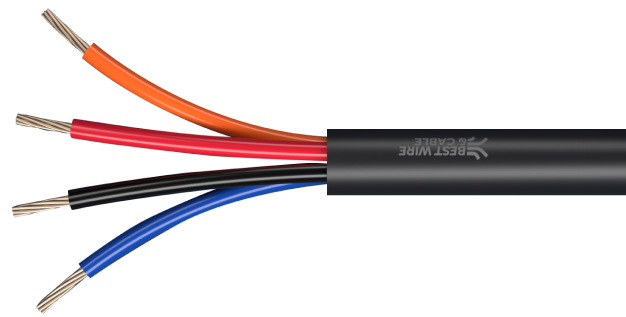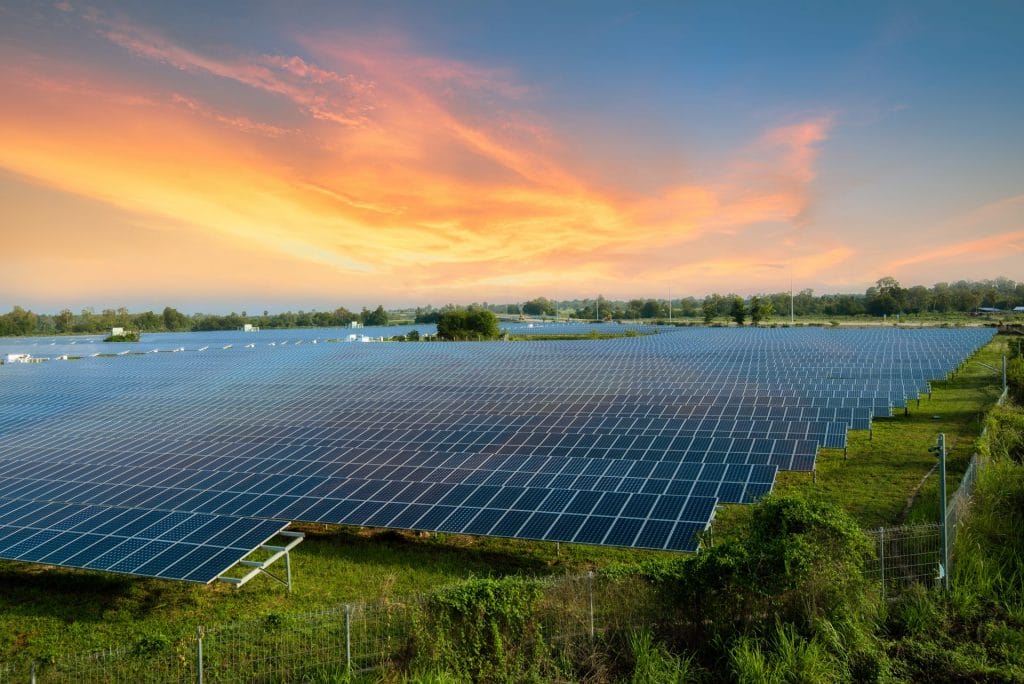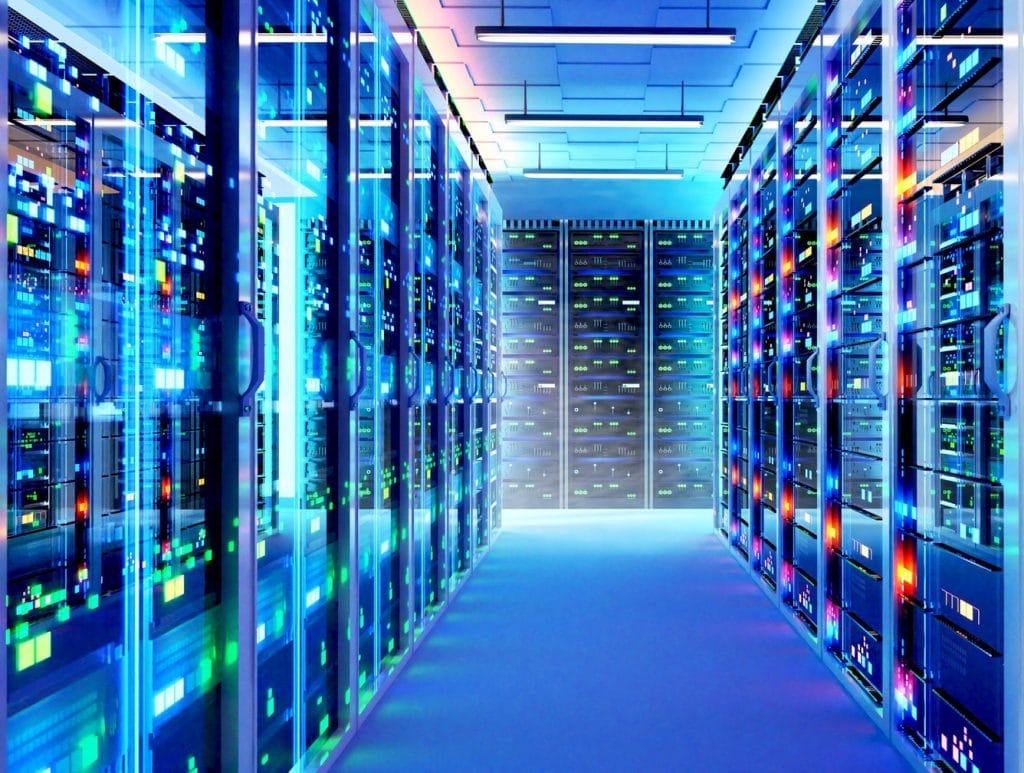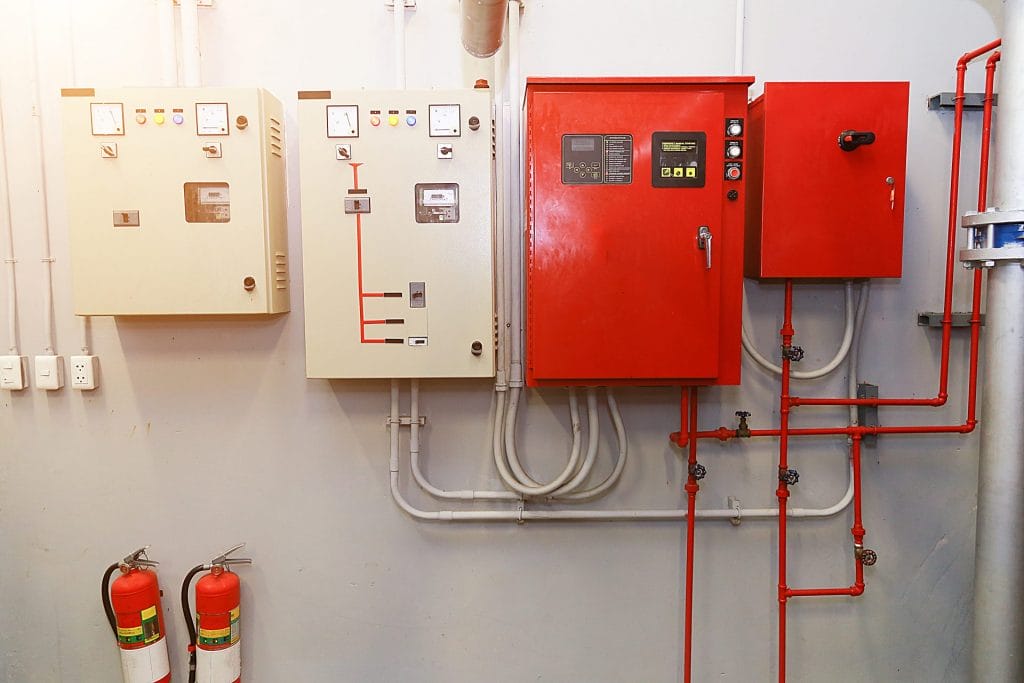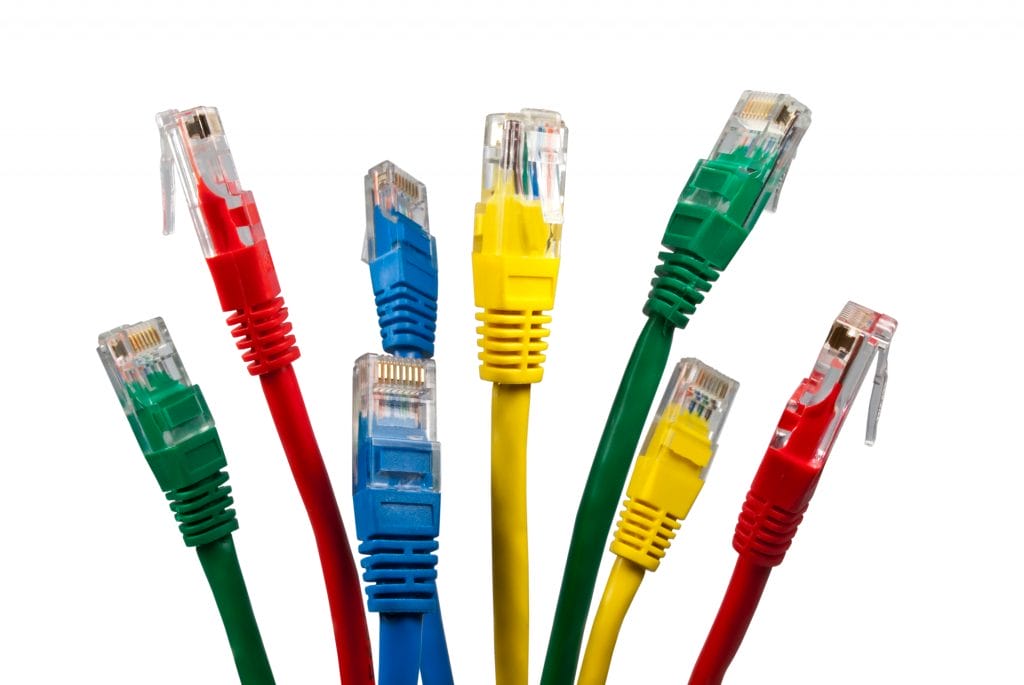The Fiber Boom: Why Telecom and Data Centers Are Driving Record Cable Demand
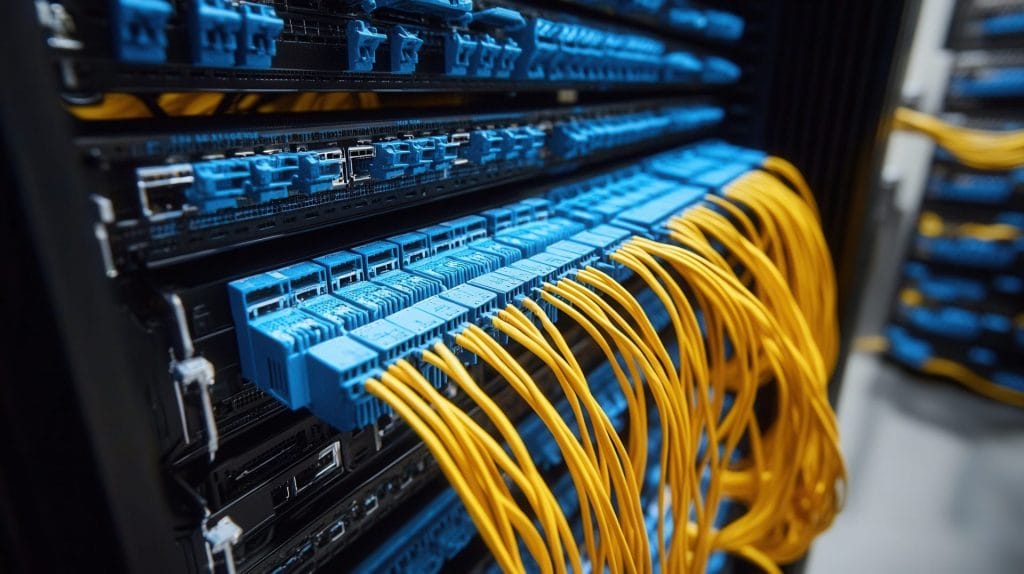
The demand for fiber optic cable is reaching record highs worldwide. Telecom networks, 5G expansion, and data centers are the primary drivers. Each of these industries requires faster, more reliable connections. Together, they are fueling unprecedented growth in the fiber market.
The Telecom Industry and FTTP Expansion
Telecom companies are investing heavily in Fiber-to-the-Premises (FTTP). This approach delivers fiber directly to homes and businesses, replacing slower copper connections. As more households rely on video streaming, remote work, and cloud applications, fiber provides the speed they need.
According to TeleGeography, over 1.5 billion fixed broadband subscriptions exist globally, and fiber makes up nearly 60% of them. This shift demonstrates that customers increasingly prefer it over traditional broadband. Telecom providers see FTTP as essential to meeting rising digital demands.
In addition, governments are supporting fiber rollouts with funding and incentives. For example, the U.S. committed $65 billion in broadband investment under the Infrastructure Investment and Jobs Act. These investments accelerate deployment and help bridge the digital divide in underserved areas.
5G and the Need for Fiber Backhaul
Another key driver is the rapid growth of 5G networks. Unlike previous mobile generations, 5G requires extremely fast backhaul connections. Wireless towers must connect to fiber to handle vast amounts of traffic.
Ericsson estimates that 5G subscriptions will surpass 5.6 billion by 2030. This growth means higher data consumption across mobile devices worldwide. These cables are the backbone of these connections, supporting high bandwidth and low latency.
Furthermore, 5G enables new technologies like autonomous vehicles, remote surgery, and smart cities. These innovations depend on reliable fiber networks. Without strong fiber infrastructure, 5G cannot reach its full potential.
Data Centers and Edge Computing Growth
Data centers are also fueling fiber demand. As businesses adopt cloud services, the need for data storage and processing has exploded. Global data center construction continues to grow each year.
Synergy Research Group reports that hyperscale data centers now number more than 1,300 worldwide. Each facility requires thousands of miles of fiber to connect servers and networks. These connections ensure speed, reliability, and scalability for users everywhere.
At the same time, edge computing is creating new demand. Unlike traditional data centers, edge facilities place computing power closer to end users. This setup reduces latency for time-sensitive applications, such as gaming and industrial automation. To function effectively, edge networks rely on extensive fiber connections.
Why Fiber Remains the Preferred Choice
Fiber has clear advantages over other cables. First, it offers much higher bandwidth than copper. Second, it transmits data over longer distances with minimal loss. Third, fiber is less prone to electromagnetic interference, ensuring more consistent performance.
These qualities make this the preferred choice for industries requiring speed and reliability. Whether powering smart devices, connecting businesses, or enabling streaming services, fiber consistently outperforms alternatives.
Looking Ahead: The Future of Fiber Demand
The future of fiber looks stronger than ever. As global internet traffic doubles every two to three years, demand will keep rising. Telecom providers will continue expanding FTTP networks. Meanwhile, 5G adoption will drive even more backhaul needs.
At the same time, hyperscale data centers and edge networks will expand across the globe. Each facility will require massive amounts of fiber. Analysts expect the global fiber optics market to reach $12.9 billion by 2030, showing steady long-term growth.
In conclusion, fiber optic cable demand is booming due to three main forces: FTTP growth, 5G rollout, and data center expansion. With each trend reinforcing the other, the industry is set for continued record growth.
Click below to explore our full range of wire and cable products.
